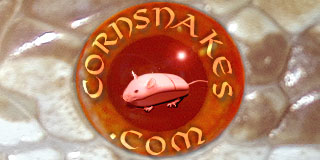SnakeAround
Formerly Blutengel
Menhir said:But I do not appreciate to use a name, that has a different meaning when a different Genotype is in the game.
OK, you do think brighter is better, I saw after posting... but what do you mean with the above? What different genotype? Amel and sunglow have the same genotype...
Anyway, I'm curious why the first sunglow breeders would call a morph that should not HAVE to be bright sunGLOW ?
